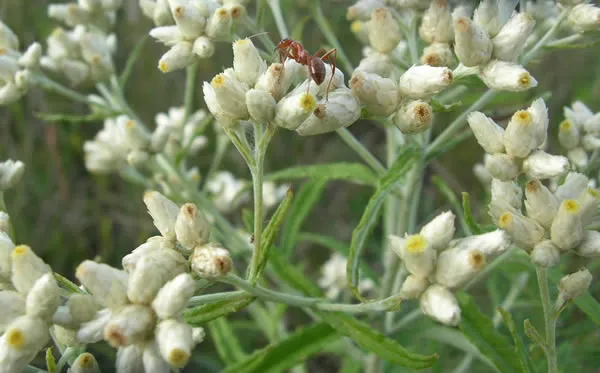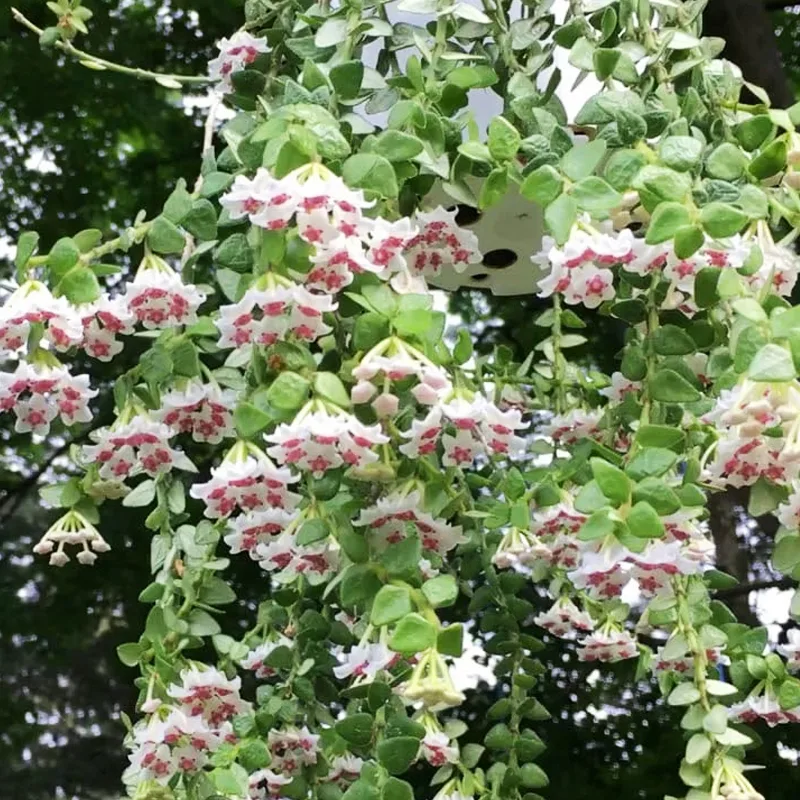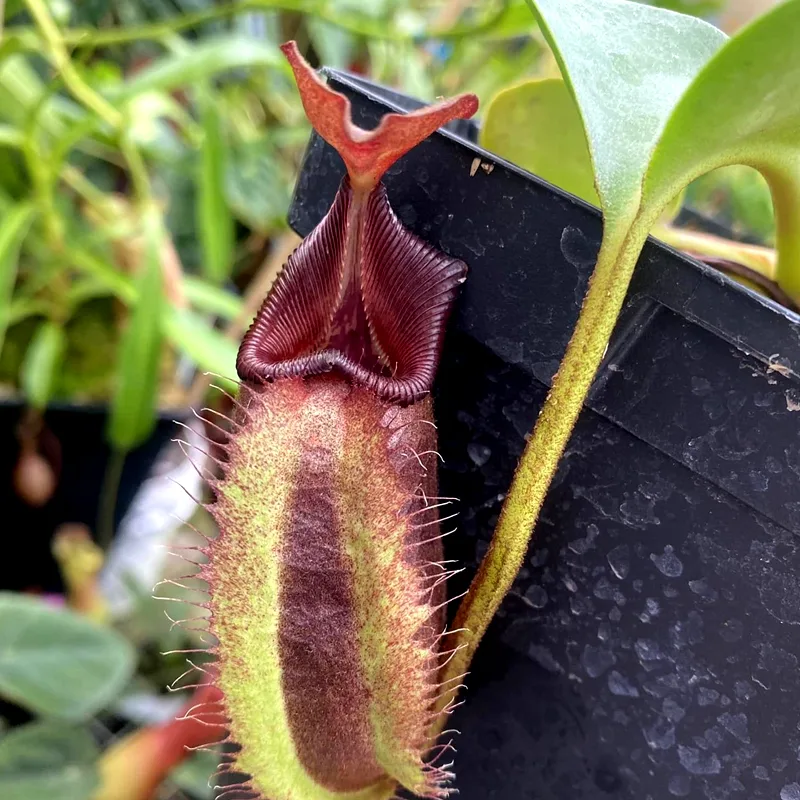Exploring the Tamaricaceae Family
The Tamaricaceae family, commonly known as the tamarisk family, has always fascinated me due to its unique adaptation to harsh environments and its diverse genera. In my experience with plants, this family stands out for its resilience and the striking beauty of its members. It includes four primary genera: Myricaria, Myrtama, Reaumuria, and Tamarix. Each has its own distinctive features and ecological importance. Let’s dive deeper into each of these genera and explore why they are remarkable.
Myricaria: Graceful Yet Hardy
When I first encountered the Myricaria genus, I was struck by its delicate appearance. These perennial shrubs or small trees have slender branches with soft, feathery leaves that give them an almost ethereal look. But don’t be fooled by their graceful appearance—Myricaria species are tough survivors.
They are native to the cold, arid regions of Asia and Europe, often found along riverbanks and in mountainous areas. I’ve seen Myricaria in regions with extreme temperature fluctuations, from scorching summers to freezing winters. This adaptability makes them a valuable addition to landscapes that require resilient plants capable of withstanding harsh conditions.
What’s particularly interesting about Myricaria is their ability to stabilize soil and prevent erosion. Their extensive root systems anchor them firmly in place, making them perfect for controlling soil erosion along riverbanks and slopes. This ecological role is something I deeply appreciate, as it shows how even the most fragile-looking plants can have a significant environmental impact.
Myrtama: A Lesser-Known Gem
Myrtama is a genus that many may not be familiar with, as it’s one of the lesser-known members of the Tamaricaceae family. I’ve come across Myrtama species in the arid regions of Central Asia, where they thrive despite the challenging conditions. These small shrubs are adapted to saline and dry soils, often in places where few other plants can survive.
The beauty of Myrtama lies in its small, compact form and the vibrant pink or white flowers it produces. These flowers not only add a splash of color to barren landscapes but also provide nectar for pollinators in areas where food sources are scarce. For me, Myrtama exemplifies the resilience and understated beauty of desert flora.
Reaumuria: A Desert Survivor
If there’s a plant that embodies survival against all odds, it’s Reaumuria. This genus includes shrubs that are true desert specialists, thriving in some of the most inhospitable environments on Earth. I’ve seen Reaumuria species in the Middle East and North Africa, where they endure extreme heat, high salinity, and minimal rainfall.
What makes Reaumuria particularly fascinating is its salt-excreting leaves. This adaptation allows the plant to thrive in saline soils that would be toxic to most other species. The leaves have specialized glands that secrete excess salt, preventing the buildup of harmful concentrations within the plant tissues. This unique mechanism is a testament to the incredible adaptability of the Tamaricaceae family.
In addition to their physiological adaptations, Reaumuria species play a crucial role in stabilizing desert soils. Their deep roots penetrate arid, sandy soils, reducing erosion and helping to maintain the integrity of fragile desert ecosystems. Observing these tough little shrubs in their natural habitat always leaves me in awe of their tenacity and ecological importance.
Tamarix: The Iconic Tamarisk
Of all the genera in the Tamaricaceae family, Tamarix is perhaps the most well-known. Commonly referred to as tamarisk or salt cedar, this genus includes over 50 species of shrubs and small trees. Tamarix species are highly adaptable and can be found in a variety of habitats, from saline coastal areas to arid deserts and riverbanks.
I’ve often encountered Tamarix in riparian zones, where they form dense thickets along waterways. While their dense foliage and delicate pink or white flowers can be beautiful, Tamarix has earned a controversial reputation. In some regions, particularly in the southwestern United States, Tamarix is considered an invasive species. Its deep roots and high water consumption can lead to the depletion of groundwater resources, which has significant implications for native flora and fauna.
Despite this, I believe it’s essential to view Tamarix in context. In its native range, it plays a vital role in stabilizing soils, providing habitat for wildlife, and contributing to the biodiversity of riparian ecosystems. Understanding the dual nature of Tamarix as both a valuable native plant and a problematic invader is crucial for effective management and conservation efforts.
The Ecological Importance of the Tamaricaceae Family
Reflecting on the Tamaricaceae family as a whole, I am continually impressed by its members’ resilience and adaptability. Each genus, whether it’s the elegant Myricaria, the hardy Myrtama, the salt-tolerant Reaumuria, or the ubiquitous Tamarix, has evolved to thrive in some of the most challenging environments on Earth. Their ability to stabilize soils, support wildlife, and withstand extreme conditions makes them invaluable components of their respective ecosystems.
For me, the Tamaricaceae family represents more than just a group of plants; it embodies the incredible adaptability and perseverance of life in harsh environments. As we continue to face the challenges of climate change and habitat degradation, understanding and appreciating such resilient plant families is more important than ever.
Exploring the Tamaricaceae family has deepened my appreciation for the complexities of plant adaptation and survival. Whether in a desert, along a riverbank, or in a saline coastal area, these plants remind me of the remarkable ways life finds to flourish, even in the most unexpected places.
If i die, water my plants!



